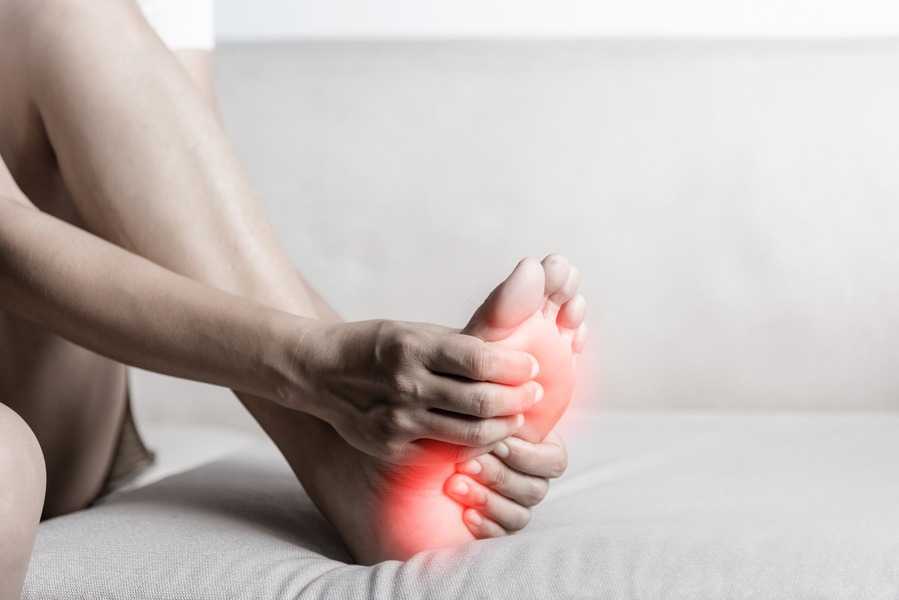
Expert Physiotherapy at Home
Certified physiotherapists visit you at home to provide focused, one-on-one care tailored to your needs. With no travel or waiting rooms, recovery happens in a setting that is comfortable, familiar, and built around your convenience.
Personalised Recovery Programmes
Every treatment plan is designed to suit your condition, goals, and pace. Our physiotherapists follow structured, evolving protocols to ensure consistent progress, with each session aligned to deliver meaningful results.
Trusted Physiotherapists. Real Results.
Our team comprises experienced, background-verified physiotherapists trusted by thousands of families. With a strong focus on safety, reliability, and clinical outcomes, we make recovery at home both effective and reassuring
Patient Testimonials
Portea Physiotherapists for Home Visits
Meet some of our experienced and dedicated healthcare professionals

Dr. Lokesh G
Physiotherapist
Specializations
Experienced in Neurological rehabilitation, Orthopaedic physiotherapy, and Paediatric care
Delivers structured, high-impact treatment plans across neuro, ortho, and paediatrics—ensuring safety, comfort, and measurable recovery at every stage.

Dr. Mohammed Sarwar
Physiotherapist
Specializations
Experienced in Neurological rehabilitation, Adult physiotherapy, and Paediatric care
Combines deep clinical expertise with a compassionate approach, supporting both adults and children through neuro and physical rehabilitation that promotes long-term independence and recovery.

Dr. Nelapati Divya
Physiotherapist
Specializations
Skilled in Orthopaedic rehabilitation, Manual therapy techniques, and Paediatric physiotherapy
Brings a personalised, hands-on approach to healing—combining structural expertise with paediatric sensitivity to restore movement, relieve pain, and improve everyday function.

Dr. Naveen V
Physiotherapist
Specializations
Trained in Pain management, Cardiac and Orthopaedic rehabilitation, Neurological care, and Neural tissue mobilisation
Brings clinical precision and empathy together—designing science-backed recovery protocols for pain relief, nerve mobilisation, and cardio-neuro-ortho rehabilitation across all age groups

Dr. Miloni Savla
Physiotherapist
Specializations
Holds an MPT in Orthopaedics with a focus on Musculoskeletal rehabilitation and strength recovery
Delivers focused, movement-oriented therapy grounded in orthopaedic science—helping patients rebuild strength, restore function, and return to daily life with confidence

understanding foot pain
Foot pain is a common ailment affecting individuals of all ages. It can range from mild discomfort to severe pain, making daily activities like walking or standing difficult. Understanding the causes and implementing effective treatment strategies can significantly improve one’s quality of life.
common causes of foot pain
Foot pain may arise from several factors. Plantar fasciitis, an inflammation of the tissue connecting the heel bone to the toes, often causes sharp heel pain. Arthritis, including rheumatoid arthritis and osteoarthritis, can lead to joint pain in the feet. Injuries such as sprains, fractures, or muscle strains from physical activities or accidents are other common causes. Improper footwear that does not provide adequate support or is too tight can also contribute to foot pain. Additionally, nerve issues such as peripheral neuropathy or tarsal tunnel syndrome may result in shooting or burning sensations.
symptoms and diagnosis of foot pain
Symptoms of foot pain vary depending on the cause but often include swelling, redness, or tenderness in the affected area. Persistent pain in the heel, arch, or toes can make walking or standing challenging. Diagnosis involves a thorough physical examination, imaging tests such as X-rays or MRIs, and sometimes blood tests to identify underlying conditions.
treatment and management of foot pain
Effective treatment depends on the cause of the pain. Rest and ice therapy are often recommended to reduce inflammation and relieve pain. Medications, including over-the-counter pain relievers or prescribed anti-inflammatory drugs, may be used. Physical therapy focuses on strengthening and stretching the foot muscles to alleviate discomfort. Custom orthotics are designed to provide proper arch support and cushioning. In severe cases, surgical intervention may be necessary to address structural issues.
foot pain preventive measures
Preventing foot pain involves wearing supportive and properly fitting shoes, maintaining a healthy weight to reduce pressure on the feet, and performing regular stretching and strengthening exercises for foot muscles. Avoiding prolonged periods of standing or walking on hard surfaces can also help mitigate discomfort.
portea’s foot care physiotherapy solutions
At Portea, we specialize in providing personalized physiotherapy services for individuals experiencing foot pain. By delivering care at home, we ensure that our patients receive expert treatment in a comfortable and familiar setting, promoting a faster and more effective recovery. We also specialize in providing expert physiotherapy services for post-surgical rehab, arthritis, neuro-rehab, sports injuries, orthopedic physiotherapy, physiotherapy for the elderly, and more—all delivered conveniently at your home. Our dedicated team ensures you receive the personalized care you need for a smooth and successful recovery.
With Portea, you receive expert paralysis physiotherapy treatment at home, delivered by skilled physiotherapists dedicated to your recovery and well-being. Additionally, we offer a wide range of healthcare solutions, including doctor consultations,medical equipment, nursing care, and dedicated trained attendants ensuring personalized and high-quality care tailored to your needs.
portea’s other physiotherapy services based on medical conditions
faq’s
What is the cause of pain in the feet?
Foot pain can result from overuse, injury, poor footwear, arthritis, plantar fasciitis, or nerve damage. Medical conditions like diabetes or gout may also cause discomfort in the feet.
How to reduce foot pain?
Rest, ice packs, elevation, and supportive footwear can help reduce foot pain. Stretching, massage, or over-the-counter pain relievers are also effective. Consult a doctor for severe or persistent pain.
What causes foot pain without injury?
Foot pain without injury may stem from conditions like plantar fasciitis, arthritis, nerve issues, or poor circulation. Prolonged standing or ill-fitting shoes can also contribute.
What are the different types of foot pain?
Types of foot pain include heel pain, arch pain, ball-of-foot pain, and toe pain. Conditions like plantar fasciitis, bunions, or metatarsalgia can cause specific types of discomfort.
What diseases start with foot pain?
Diseases like arthritis, gout, diabetes (neuropathy), and peripheral artery disease can start with foot pain. Early diagnosis is key to managing these conditions effectively.
What are the 4 types of feet?
The four types of feet are normal arch, flat feet, high arch, and pronated feet. Each type affects posture and weight distribution, influencing foot pain and overall comfort.
Doctor Consultation
Nursing
Physiotherapy
Trained Attendant
Elder Care
Mother & Baby Care
Lab Tests
Medical Equipment
Speciality Pharma
Critical Care





